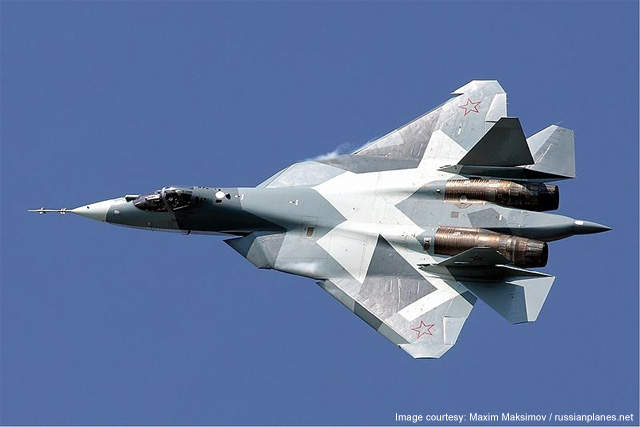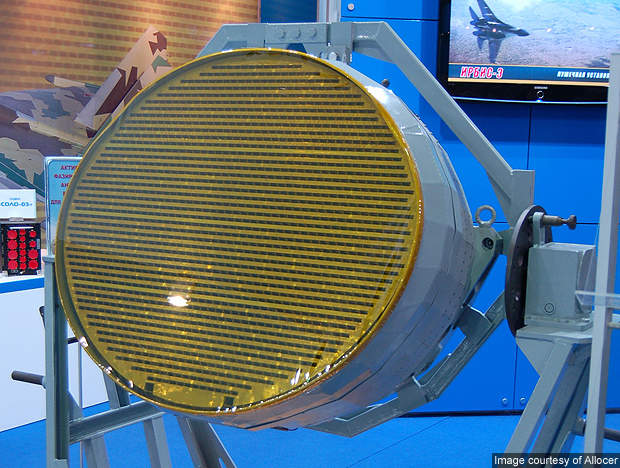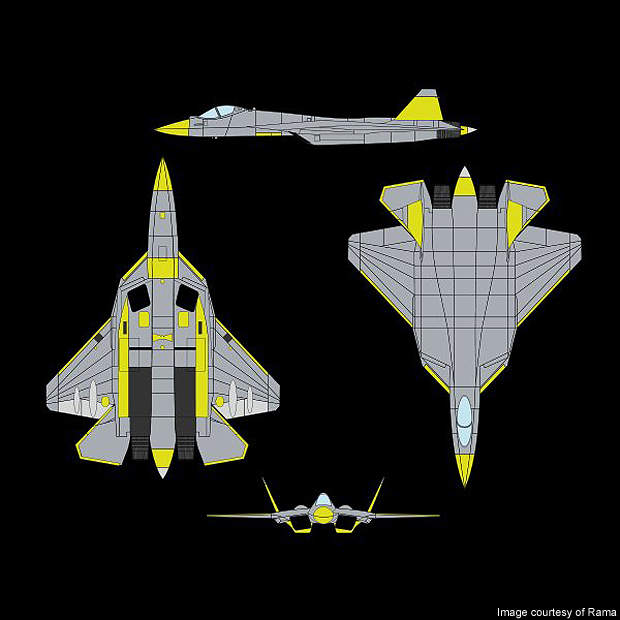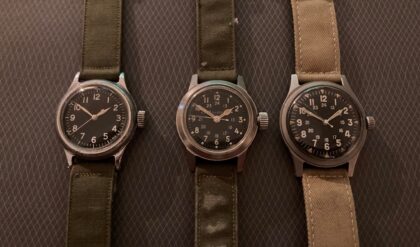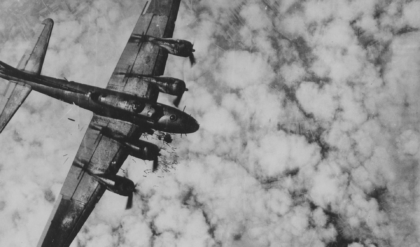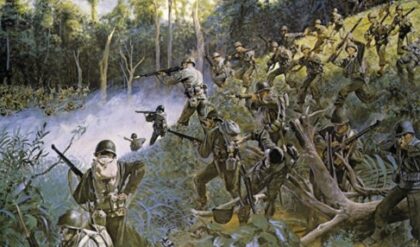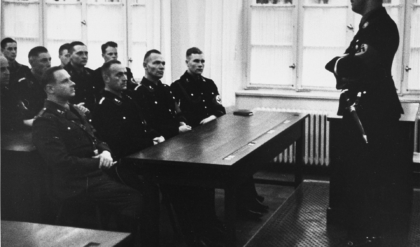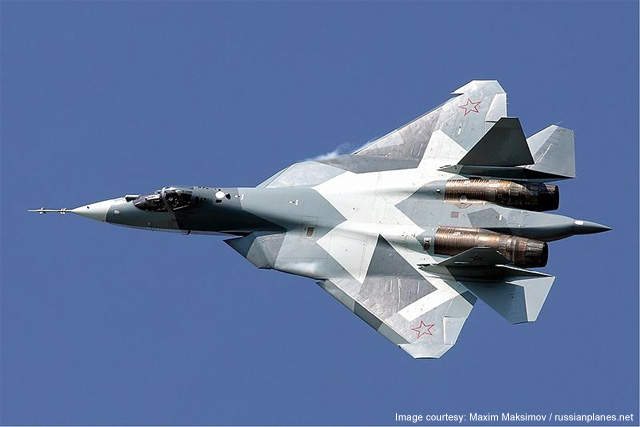
The Sukhoi PAK FA is a multirole stealth fighter aircraft being developed by Sukhoi of Russia. It will be used to meet the requirements of the Russian and Indian Air Forces. The first prototype aircraft, T-50, took its 47-minute maiden flight on 29 January 2010 at the Komsomol’sk-na-Amur Airport, and is planned for introduction in 2013. It is the first fighter aircraft developed by Sukhoi since the collapse of the Soviet Union.
The PAK FA will replace the earlier MiG-29 Fulcrum and Su-30 MkI Flanker aircraft. It will compete with US’s F-22 Raptor and F-35 Lightning II aircraft.
Sukhoi PAK FA proposal and orders
A request for proposal (RFP) was issued by the Russian Air Force in 1998 to design and develop the Sukhoi T-50 prototype. The Russian Air Force selected the Sukhoi Design Bureau in 2002 to develop the full-size twin-engined fighter aircraft.
Around 150 to 200 aircraft orders from the Russian Air Force (RAF) and 200 from the Indian Air Force (IAF) are expected. Production will commence in 2015 after five to six flight trials. Around three flight trials were completed as of February 2010.
T-50 prototype design
The Sukhoi T-50 is designed to perform supersonic flights at speeds of over 2,000km/h along with continuous in-flight refuelling. It will feature short take-off and landing capabilities, and can achieve greater agility, low radar visibility and low heat signature. The aircraft does not have rudders but its vertical tails are completely movable. The tail fin design is similar to the V-tails incorporated in the Northrop YF-23.
“The Sukhoi PAK FA is a multirole stealth fighter aircraft being developed by Sukhoi of Russia.”
The horizontal stabilisers and wing-leading devices are principally used for signature control. The exterior part of the aircraft was designed using stealth or low-observable (LO) technology.
PAK FA development
The development of the PAK FA aircraft began in March 2007. Manufacturing work is being undertaken at Komsomol’sk-on-Amur by Novosibirsk Chkalov Aviation Production Association (NAPO Chkalov).
Final assembly of the aircraft’s fore body was carried out at Komsomol’sk-on-Amur in 2009. The first flight test of the aircraft was delayed due to technical problems. The first prototype of the aircraft was developed in February 2009. Later, in January 2010, the aircraft has successfully completed its initial flight trails.
Cockpit
The advanced aircraft features a single-seat cockpit equipped with number of electronic systems including automatic flight control systems (AFCS) and other auxiliary equipment.
Armament
Armament incorporated on the Sukhoi PAK FA aircraft includes two 30mm internal cannon Gsh-30-1 guns and eight R-77 missiles. The aircraft features eight hard-points (four on each wing) on which the missiles are mounted.
“The PAK FA will replace the earlier MiG-29 Fulcrum and Su-30 MkI Flanker aircraft.”
The Gsh-301 is a single barrelled 30mm cannon manufactured by Izhmash JSC, Russia. The cannon can fire 1,500 to 1,800 rounds a minute and weighs around 64kg.
The R-77 missile is an air-to-air medium-range missile manufactured by Vympel, Russia. The missile weighs around 175kg.
Two large anti-ship bombs weighing 1,500kg each and two missiles developed by Novator Bureau are fitted in the aircraft.
PAK FA radars
The radars of the PAK FA aircraft have been designed based on the Su-35BM’s systems.
Tikhomirov NIIP institute of instrument design bureau has incorporated N035 Irbis radar in the aircraft. The T-50 prototype is also equipped with an active antenna system and three X-band radars (forward and side-looking), ventral Ku-band radar encompassing identification friend or foe (IFF), actively electronic scanned array radar (AESA) and electronic warfare subsystems.
Saturn-Lyulka 117S engines
The aircraft is powered by two Saturn-Lyulka 117S (upgraded AL-31) turbofan engines. Each engine can produce a maximum of 150kN of thrust after burner. The 117S is an upgraded model of the AL-31F engine.
“Development of the PAK FA began in March 2007.”
The Saturn-Lyulka 117S is equipped with modern high and low-pressure turbines, an all-new digital control system, thrust-vectoring nozzles and fan with diameter of 932mm. The lifespan and mean time between overhaul (MTBO) of the engine are 4,000 hours and 1,000 hours respectively.
T-50 performance
The T-50 can climb at the rate of 350m/s. The maximum and cruise speed of the aircraft are 2,600km/h and 1,800km/h respectively. The range of the aircraft varies between 4,000km and 5,500km, and its service ceiling is 20,000m. The maximum endurance of the T-50 is three hours. The aircraft weighs around 18,500kg and has a maximum take-off weight of 37,000kg. The aircraft can hit targets within a 400km range.

